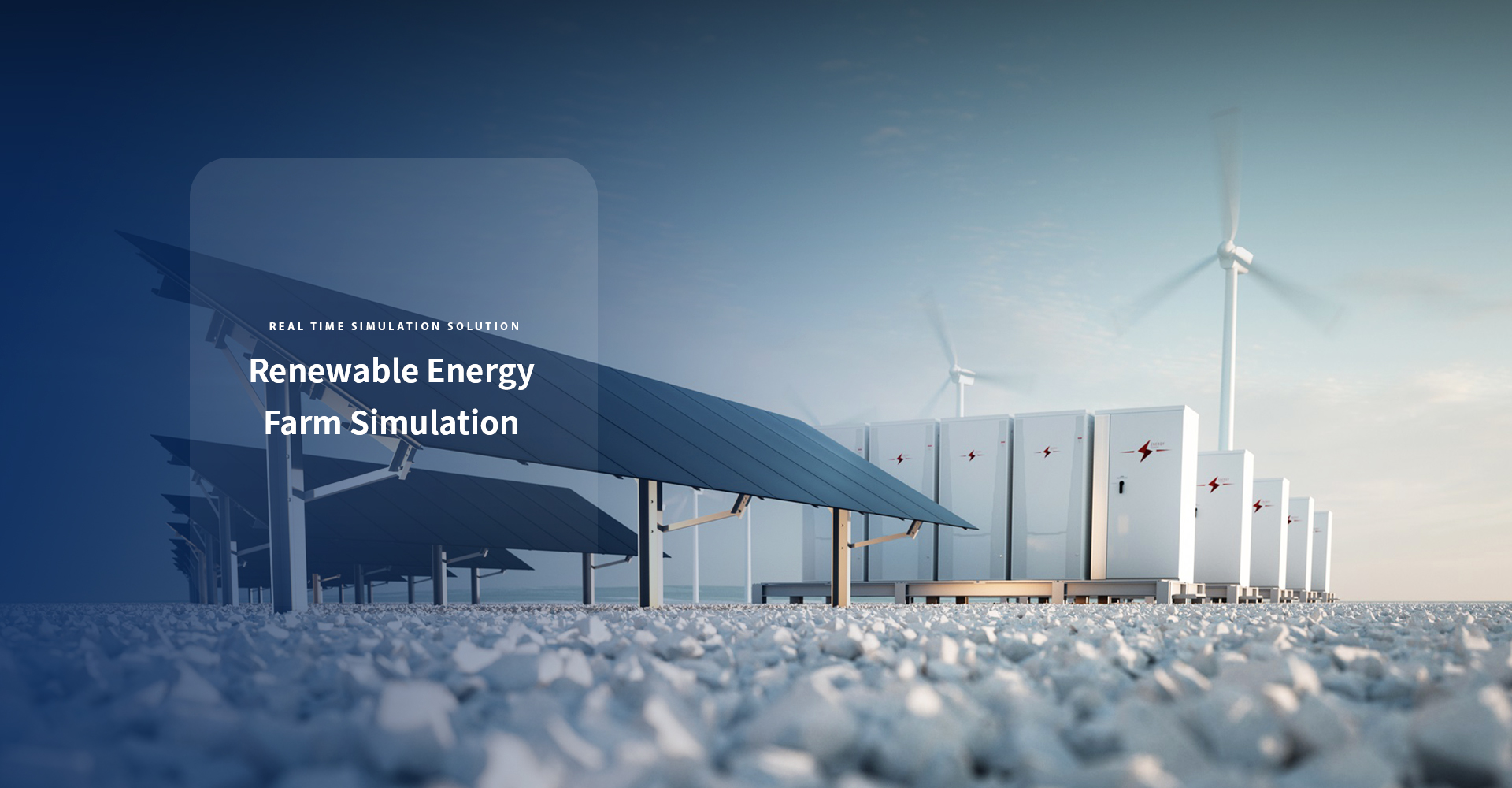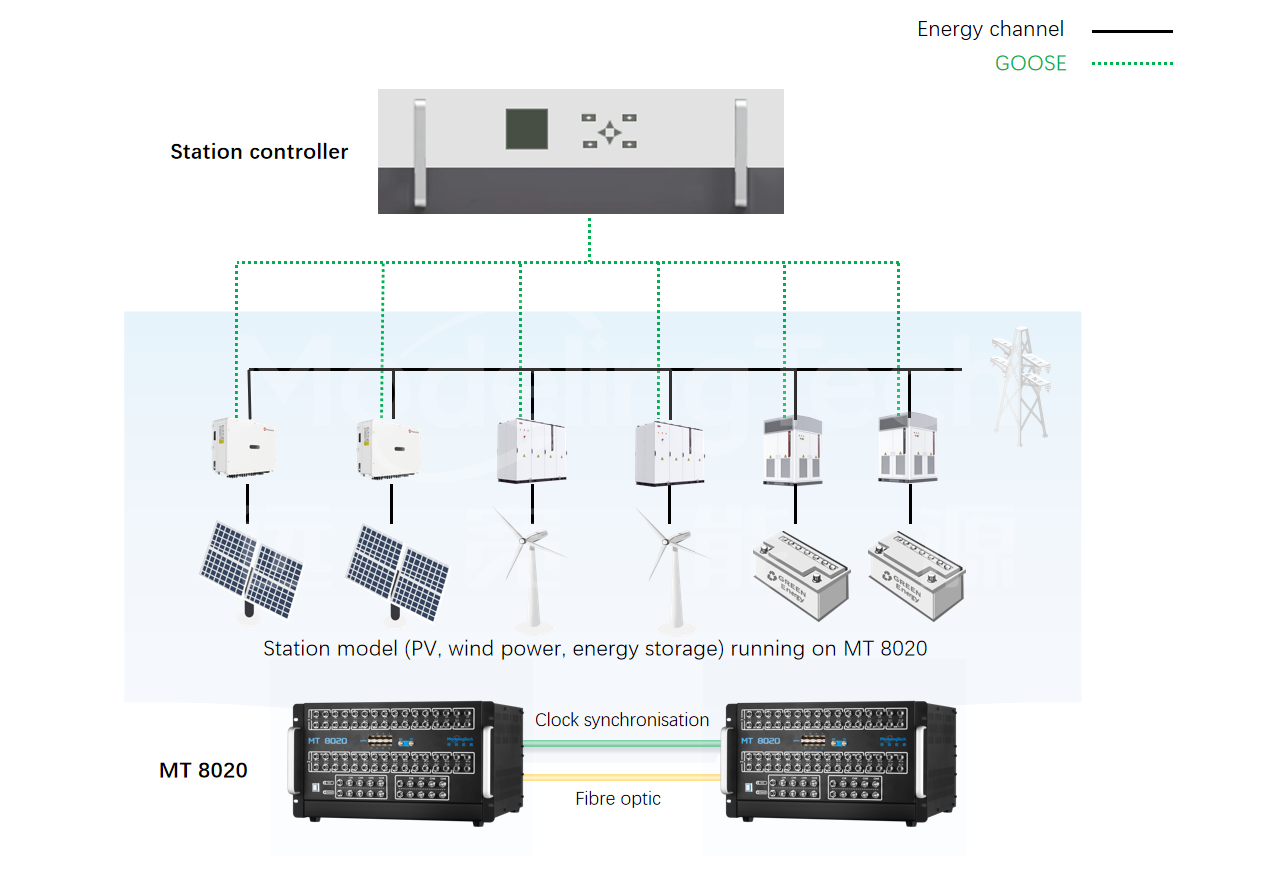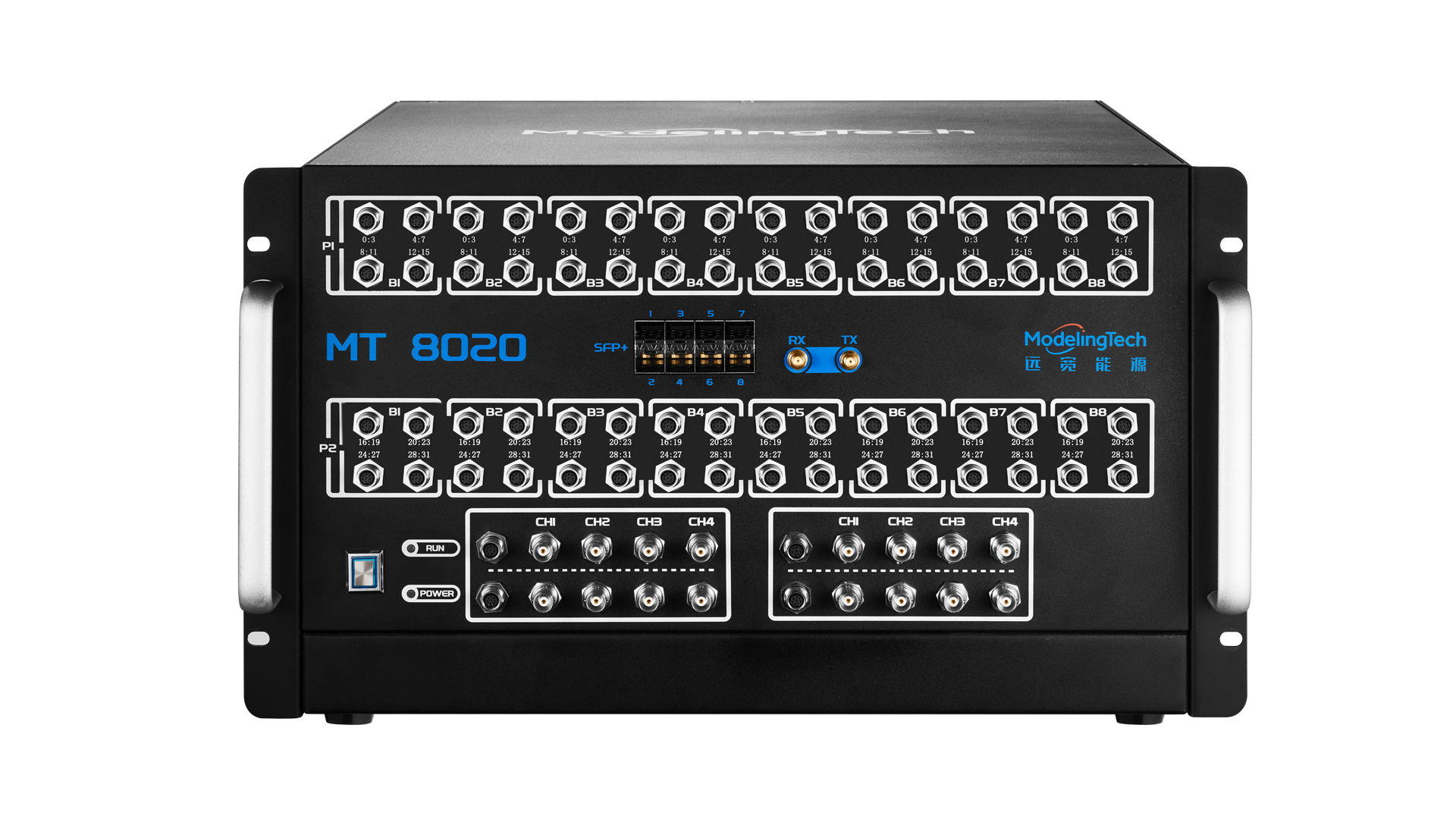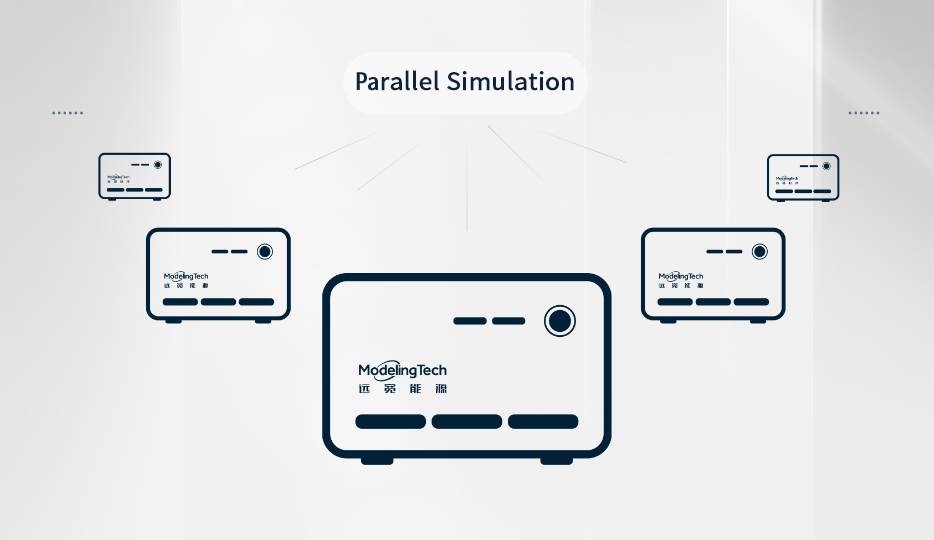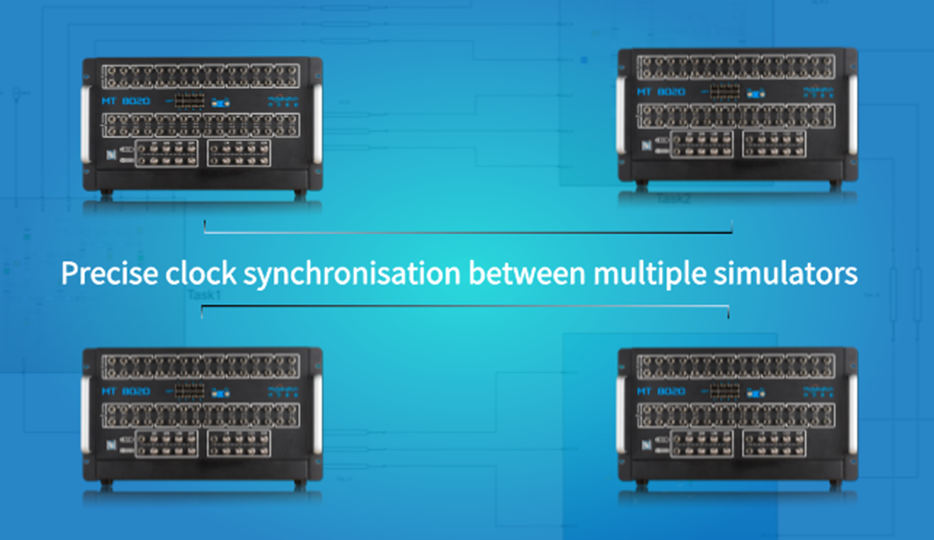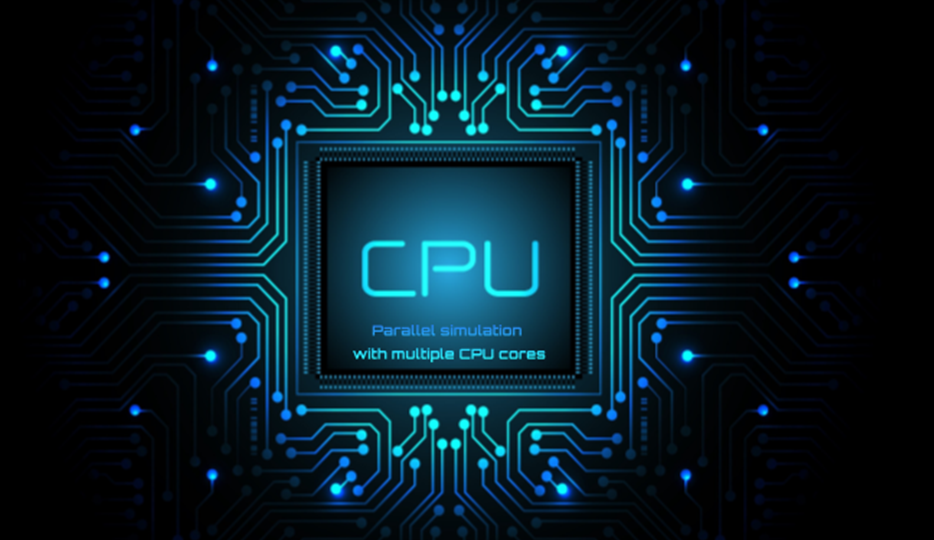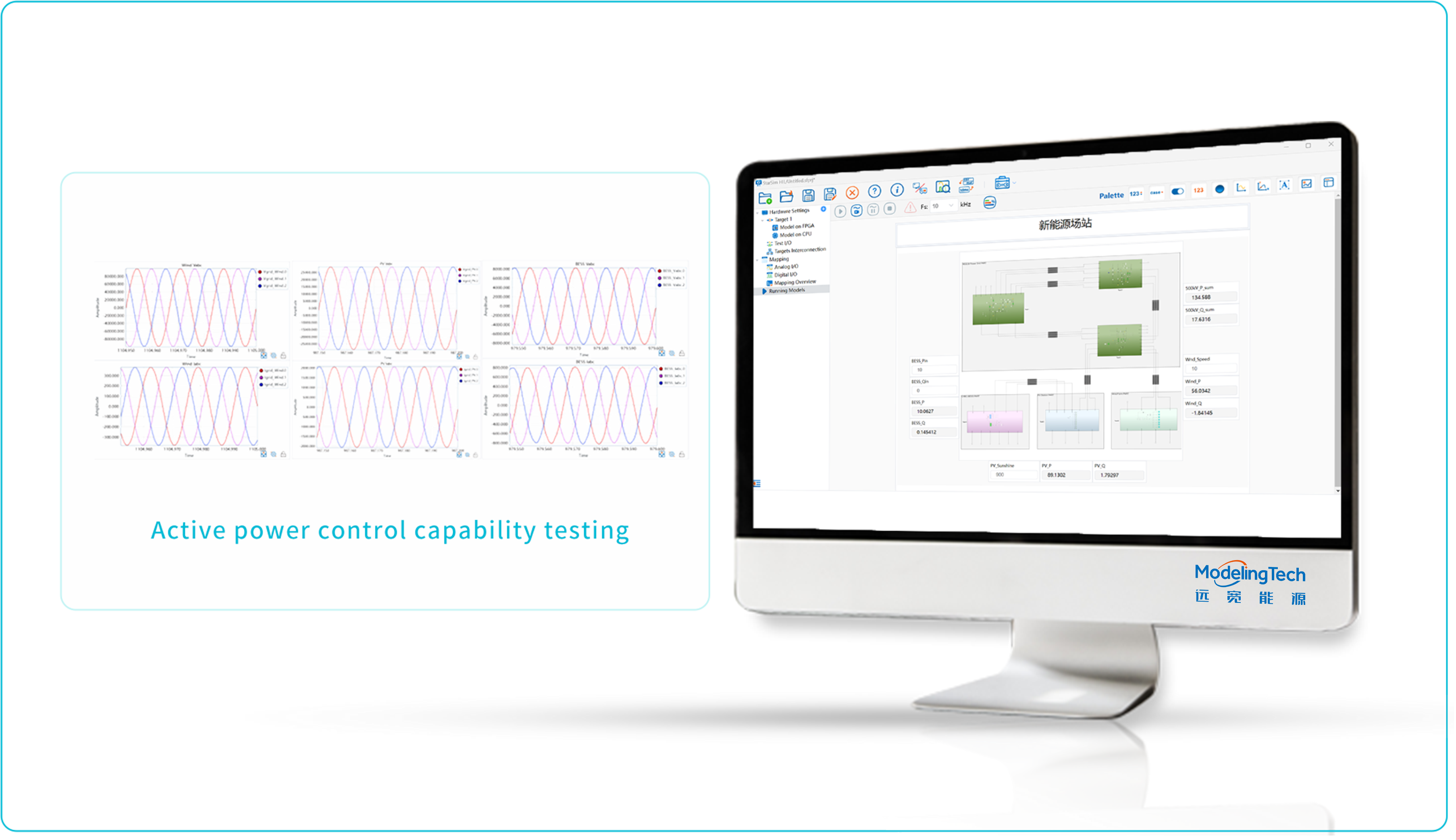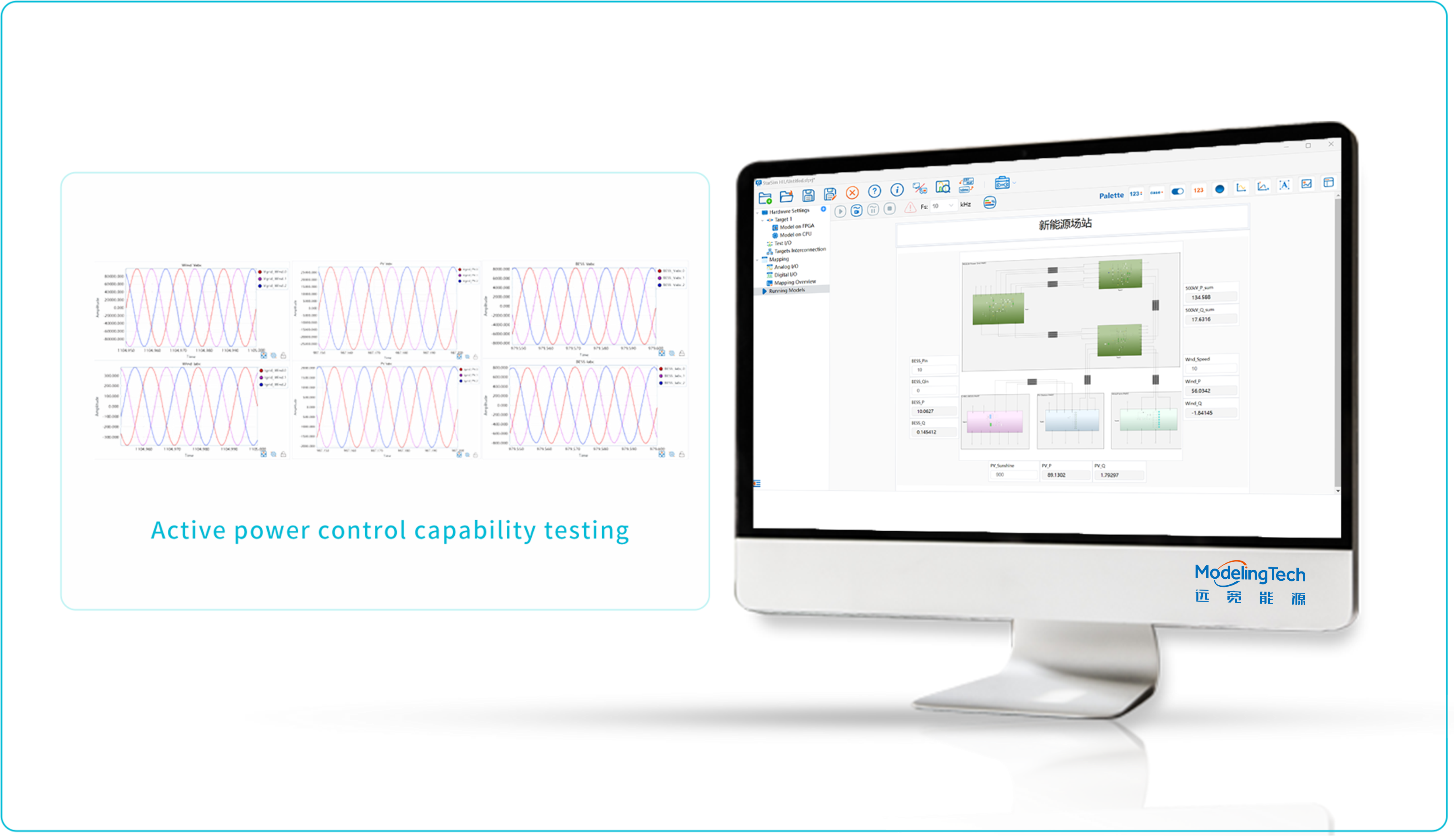With the national energy green low-carbon transition, domestic industrial policy guidance and new technology progress, the renewable energy industry has entered a booming stage. At present, several 100 MW renewable energy farms have emerged in the three major energy bases of China's northern, northwestern and southwestern regions. With the increasing number and capacity of renewable energy farms, the engineering and academic communities are also interested in the modelling and simulation of 100 MW new energy farms, as well as the impact of renewable energy farm access on the power grid.
At present, there is no accepted standard for renewable energy farm modelling research. If detailed model modelling is used, each single unit in the renewale energy farm will be modelled separately, which will greatly increase the complexity of the system simulation model and simulation calculation time, and even face the problem of ‘dimensional disaster’; if equivalent modelling is used, it can be summarized through the classification of models, feeder arrangement and other ways. If isotropic modelling is used, it can be carried out by classifying models, arranging feeders, etc., but this approach cannot reflect the operation characteristics of the whole renewable energy farm in detail.

 Technology
Technology

 User Cases
User Cases


































